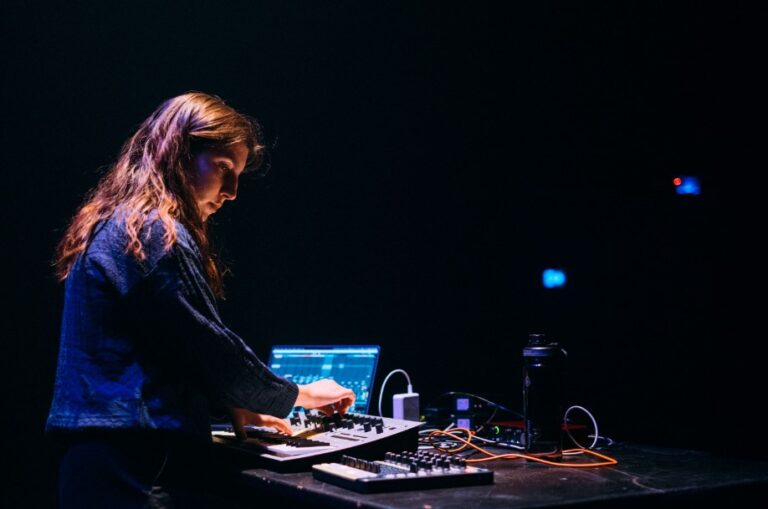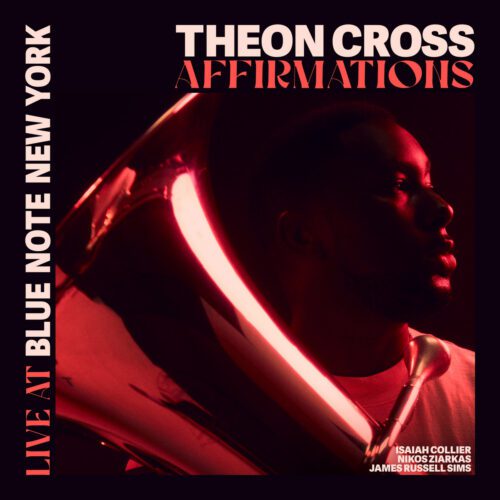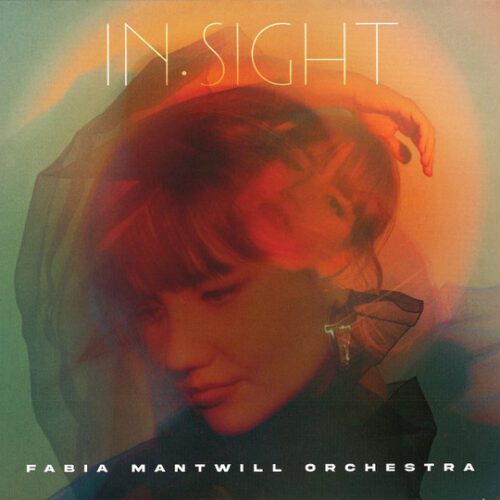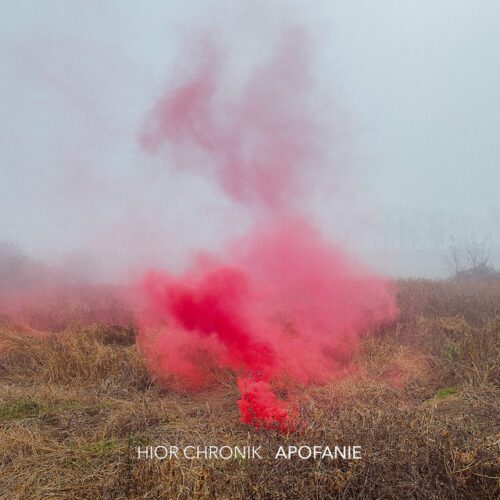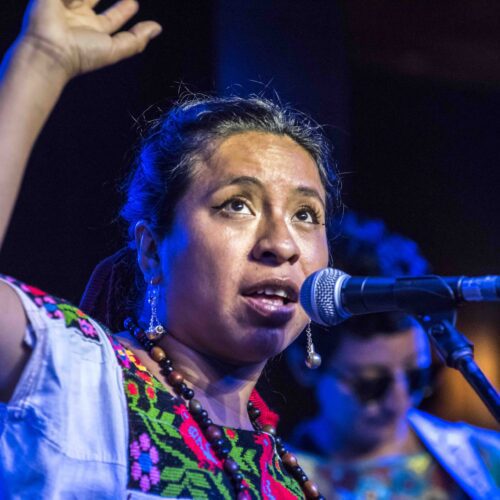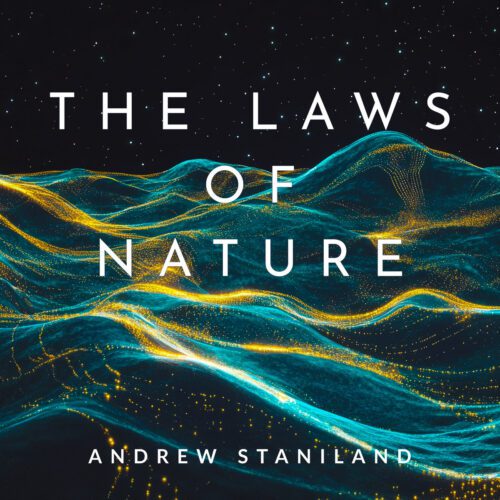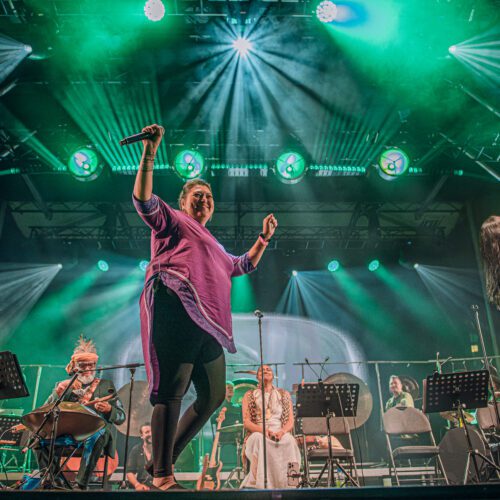A dark, silent room, with a subtle play of subdued lights, which intervene from time to time to support the music. On stage: nobody (or almost nobody). The artists are behind the console, broadcasting a fully-worked-out piece through some forty loudspeakers, immersing the audience in the sound. Beware of anyone who drops their water bottle or forgets to turn off their cell phone. This unconventional concert situation is far from new for lovers of electroacoustic and digital music.
Now in its twentieth year, Akousma has once again put its speaker orchestra at the service of local and international artists. On Friday, October 18, 2024, we were treated to three European and three Quebec artists. All offered highly varied aesthetics, but almost always evoked a cinematic experience. The sense of musical form, however, was less obvious.
Marie Anne
Solace
The only artist of the evening to actually “take the stage”, Marie Anne grabbed her controller and developed a rather drone-like, slowly developing musical style on Solace. At first, the piece was built around breakthroughs of held sounds, which created intervals that were entirely consonant. An initial wave-like rise sounded like pentatonism in the play of pitches, while a second shot brought out a minor harmony.
For most of the work, you could have sworn you were hearing nothing but synthesized sounds. There were even, intentionally or not, vague echoes of Vangelis’ synthesizers in the Blade Runner soundtrack. This impression gradually changed, however, as an inharmonic crackling sound reminiscent of waterfalls crept in. Or was it white noise? Whatever it was, the referential aspect of the sound material was confirmed towards the end, when cricket chirps took over and brought the whole thing to a close.
Although massive, the music heard struggled to be fully immersive. In particular, the possibilities of the acousmonium were under-exploited. With richer spatialization, the audience could undoubtedly enter more deeply into the sound and better appreciate its progressive densification.
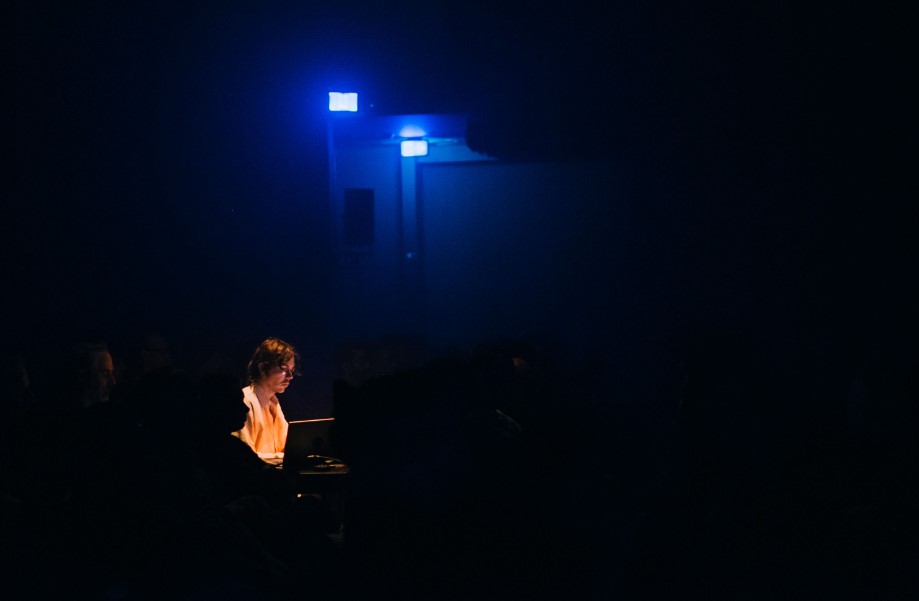
Atte Elias Kantonen
a path with a name
Finnish artist Atte Elias Kantonen’s sound is closer to classical electroacoustics, with a profusion of micromontage and sounds moving through space. From the outset, his work a path with a name (a reimagined reprise) installed a rather distinctive texture, both liquid and industrial. The sound universe was familiar, but parallel, like an algorithmic abstraction of real soundscapes.
For a long time, we heard movements going from right to left and vice versa, a bit like a page being torn. But the timbre of this tear had something viscous and metallic about it. Biomechanical centipedes running through sewer pipes? The subjective value of such associations is well known. However, there was something that was a science fiction sound design in this case. Of all the works presented, it was the one that presented the most complex articulations. For a long time, you could hear movements going from right to left and vice versa, a bit like a page being torn. But the timbre of this tear had something viscous and metallic about it. Biomechanical centipedes running through sewer pipes? The subjective value of such associations is well known. However, there was something that was a science fiction sound design in this case. Of all the works presented, it was the one that presented the most complex articulations.
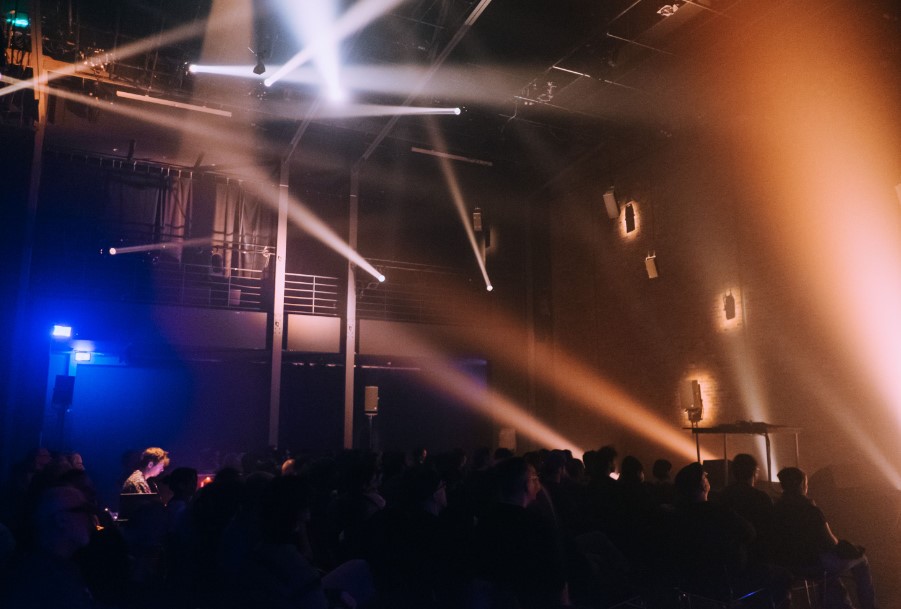
Ludwig Berger
Garden of Ediacara
On Garden of Ediacara, the German Ludwig Berger unveiled sweet tableaux composed of synthesized sounds and processed voices. The whole thing was, at all times, very harmonious and de facto flashy. The voices, intensely filtered, gave an urban and dehumanized look to the music, which did not prevent it from never ceasing to captivate attention.
The disembodied voices, pulsating rhythms and accessible sounds were sometimes reminiscent of the deconstructed club genre, this experimental reappropriation of the dance aesthetic. On the other hand, there were not many involved articulations, or even formal developments. Rather, we were immersed in familiar harmonies orchestrated with minimalism. Although the work left something to be desired in terms of its progression over time, it must be recognized that its aesthetic was very successful and pleasant to listen to. One can imagine the reactions that such a work would have aroused if it had been presented at the same festival when it debuted.
Photo Credits: Caroline Campeau
